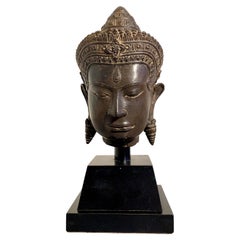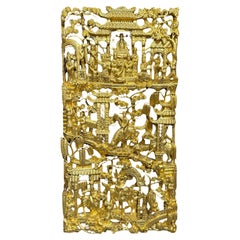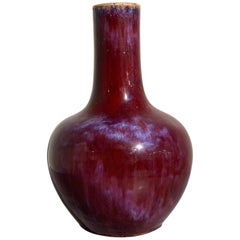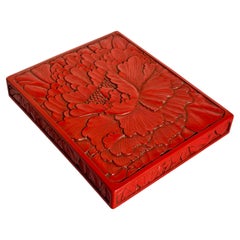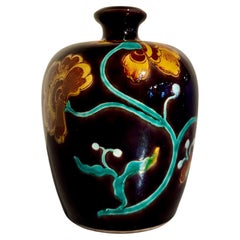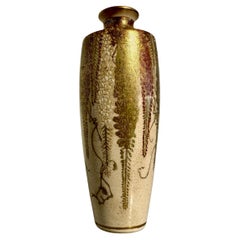Questions & Answers
Our trusted network of 1stDibs sellers answer common questions
What is a Japanese low screen used for?
1 Answer
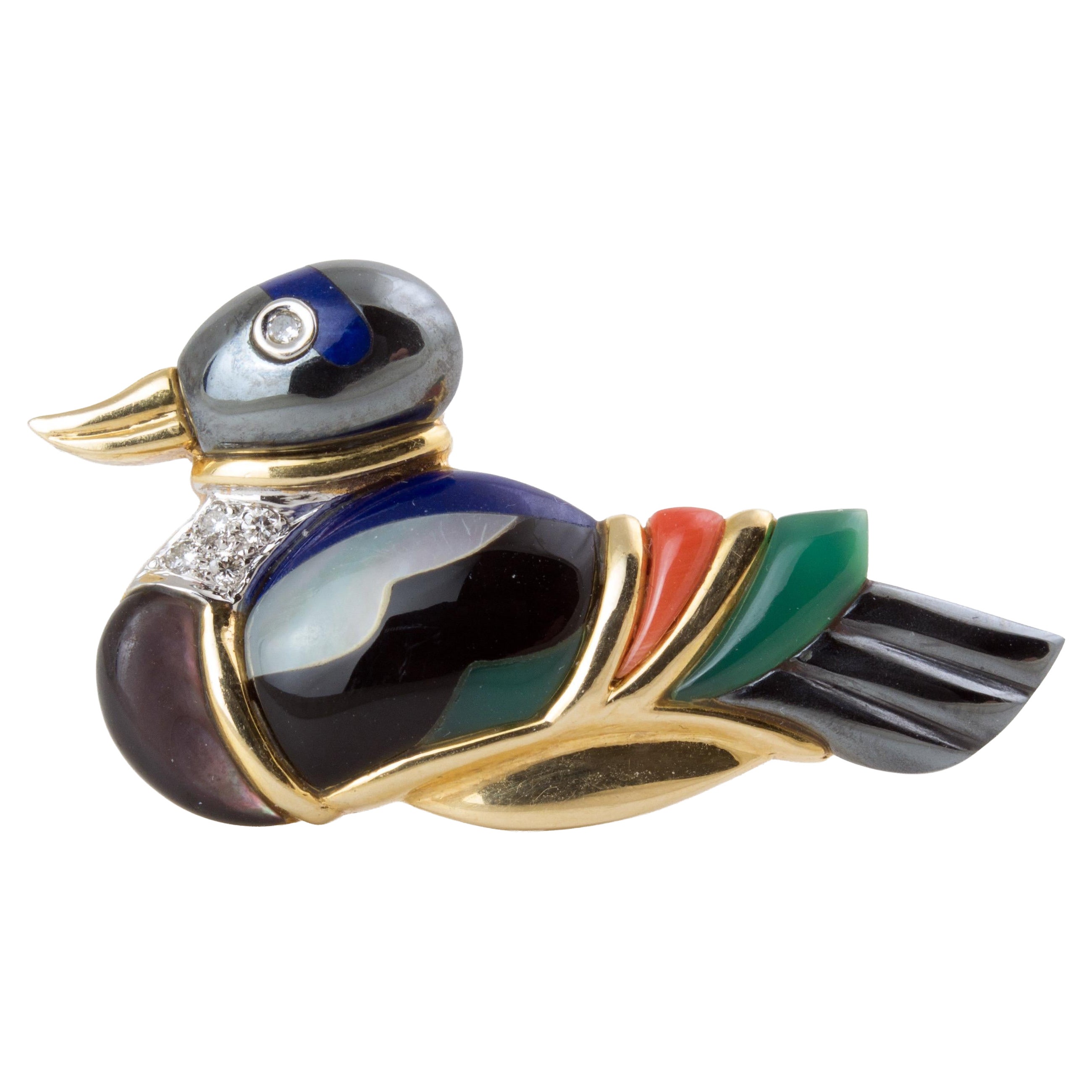
A Japanese low screen was traditionally used while seated upon the floor. The low screen would block wind and drafts, provide limited privacy, and are often decorated with seasonal themes.

Lotus GalleryMarch 17, 2021
Related Questions
- What are Japanese screens called?1 Answer
- What is a Chinese screen?1 Answer
- What is a dressing screen called?1 Answer
- What is a fireplace screen called?1 Answer
- What is the screen in front of a fireplace called?1 Answer
Shop for Japanese Screens on 1stDibs
Vintage Khmer Cast Bronze Head of Shiva, Angkor Wat Style, 1970's, Thailand
Located in Austin, TX
A well cast vintage Khmer, Angkor Wat style, bronze head of Shiva, circa 1970's, Thailand.
Shiva, the Hindu god of creation, change and destruction, is identified by the third eye...
Category
Vintage 1970s Thai Sculptures and Carvings
Materials
Bronze
Large Chinese Carved Gilt Wood Story Panel, "Romance of the Three Kingdoms"
Located in Austin, TX
An unusually large vintage Chinese carved and pierced gilt wood story panel, early to mid 20th century, Southern China.
The intricately carved panel depicts images from "The Romance...
Category
Mid-20th Century Chinese Qing Sculptures and Carvings
Materials
Metal
Chinese Qing Dynasty Flambé Glazed Bottle Vase, Tianqiuping, Late 19th Century
Located in Austin, TX
A gorgeous Chinese monochrome red flambé glazed bottle vase, called a tianqiuping, Qing Dynasty, late 19th century.
The voluptuous body of the vase of globular form, rising to br...
Category
Antique Late 19th Century Chinese Qing Vases
Materials
Porcelain
Nepalese Filigree and Stone and Glass Inlay Votive Plaque, circa 1900
Located in Austin, TX
A fine and impressive Nepalese gilt copper filigree votive plaque inset with coral, turquoise, and colored glass "gems", 19th/20th century, Nepal.
This large votive plaque would ori...
Category
Antique Early 1900s Nepalese Metalwork
Materials
Stone, Coral, Copper
Chinese Archaistic Bronze Tripod Censer, late Qing Dynasty, c 1900, China
Located in Austin, TX
A small and well cast Chinese archaistic bronze tripod incense burner, censer, late Qing Dynasty, circa 1900, China.
The small censer features a squat and bulbous body, very short n...
Category
Antique Early 1900s Chinese Qing Ceramics
Materials
Bronze
Japanese Silver Incense Burner, Akoda Koro, by Nomura, Meiji Period, Japan
Located in Austin, TX
A lovely and luxurious Japanese silver incense burner of lobed melon form, akoda koro, marked jungin and signed Nomura, Meiji Period, circa 1900, Japan.
The silver koro, vessel for ...
Category
Vintage 1910s Japanese Meiji Metalwork
Materials
Silver, Sterling Silver
Shop More furniture from Lotus Gallery on 1stDibs
Japanese Kamakura Bori Lacquer Presentation Box, Showa Era, mid 20th century
Located in Austin, TX
An attractive Japanese red lacquered Kamakura-bori inscribed presentation box, featuring peony, Showa Era, mid 20th century, Japan.
The low box and cover carved with a bold and stri...
Category
Vintage 1960s Japanese Showa Lacquer
Materials
Softwood, Lacquer
Tokuda Yasokichi I Kutani "Poppies" Vase, Meiji or Taisho Period, Japan
Located in Austin, TX
A striking Japanese Kutani ware "Poppies" bottle vase by Tokuda Yasokichi I (1873 - 1956), Meiji to Taisho Period, circa 1915, Japan.
The attractive vase is decorated with a bold d...
Category
Vintage 1910s Japanese Showa Ceramics
Materials
Porcelain
Japanese Satsuma Wisteria Vase by Gyukuzan (Chin Jukan XII), Meiji Period, Japan
Located in Austin, TX
An exquisite small Japanese Satsuma vase with a trailing wisteria design, signed Gyokuzan (Chin Jukan XII, b. 1835 - d. 1906), Meiji Period, late 19th century (between 1874 and 1897)...
Category
Antique Late 19th Century Japanese Meiji Ceramics
Materials
Stoneware
Small Satsuma Butterfly Vase by Kinzan, Meiji Period, circa 1900, Japan
Located in Austin, TX
An exquisite small Japanese Satsuma vase decorated with butterflies, signed Kinzan, Meiji Period, circa 1900, Japan.
The small vase is delicately and meticulously painted with desig...
Category
Antique Early 1900s Japanese Meiji Ceramics
Materials
Stoneware
Vintage Japanese Celadon Glazed Shishi Lion Censer, Taisho/Showa, c 1930, Japan
Located in Austin, TX
A delightful vintage Japanese celadon glazed incense burner, koro, in teh form of a standing foo lion, shishi, or foo dog, Taisho to Showa Era, circa 1930, Japan.
The charming shish...
Category
Vintage 1930s Japanese Showa Ceramics
Materials
Ceramic, Stoneware
Vintage Japanese Kakiemon Style Porcelain Oil Jar, Showa Era, circa 1960's
Located in Austin, TX
A charming and elegant vintage Japanese Kakiemon style oil jar or vase, Showa Era, circa 1960's or earlier, Japan.
The oil pot of standard form, with a squat comprised globular body...
Category
Vintage 1960s Japanese Showa Ceramics
Materials
Porcelain
Vintage Japanese Art Deco Jungin Silver Sake Bottle and Cups, circa 1930's
Located in Austin, TX
A fun and elegant vintage Japanese Art Deco hammered and brushed silver sake set, comprised of a tokkuri bottle and two stemmed cups, all marked "jungin" for 95% silver, Showa Era, c...
Category
Vintage 1930s Japanese Art Deco Metalwork
Materials
Silver, Bronze
